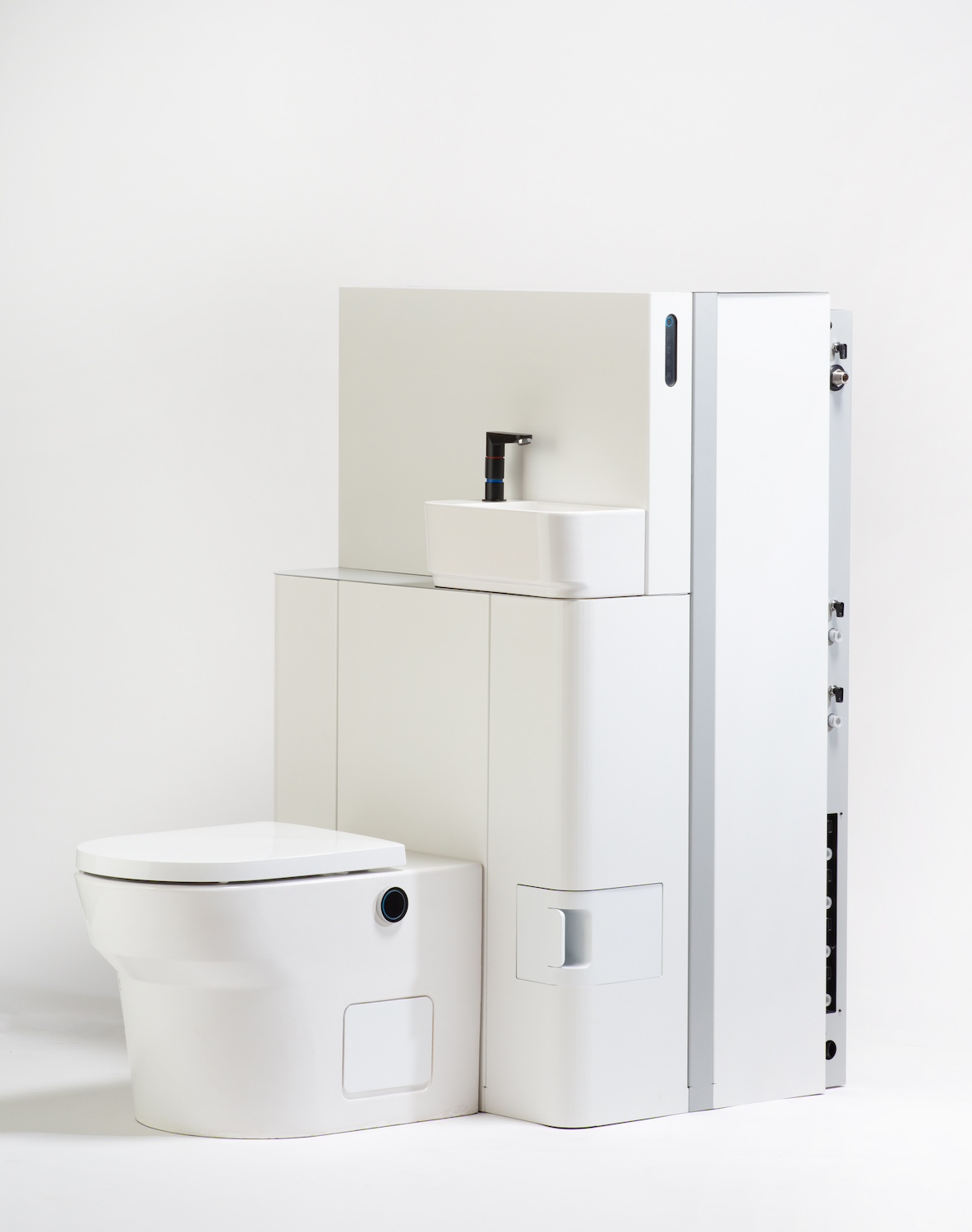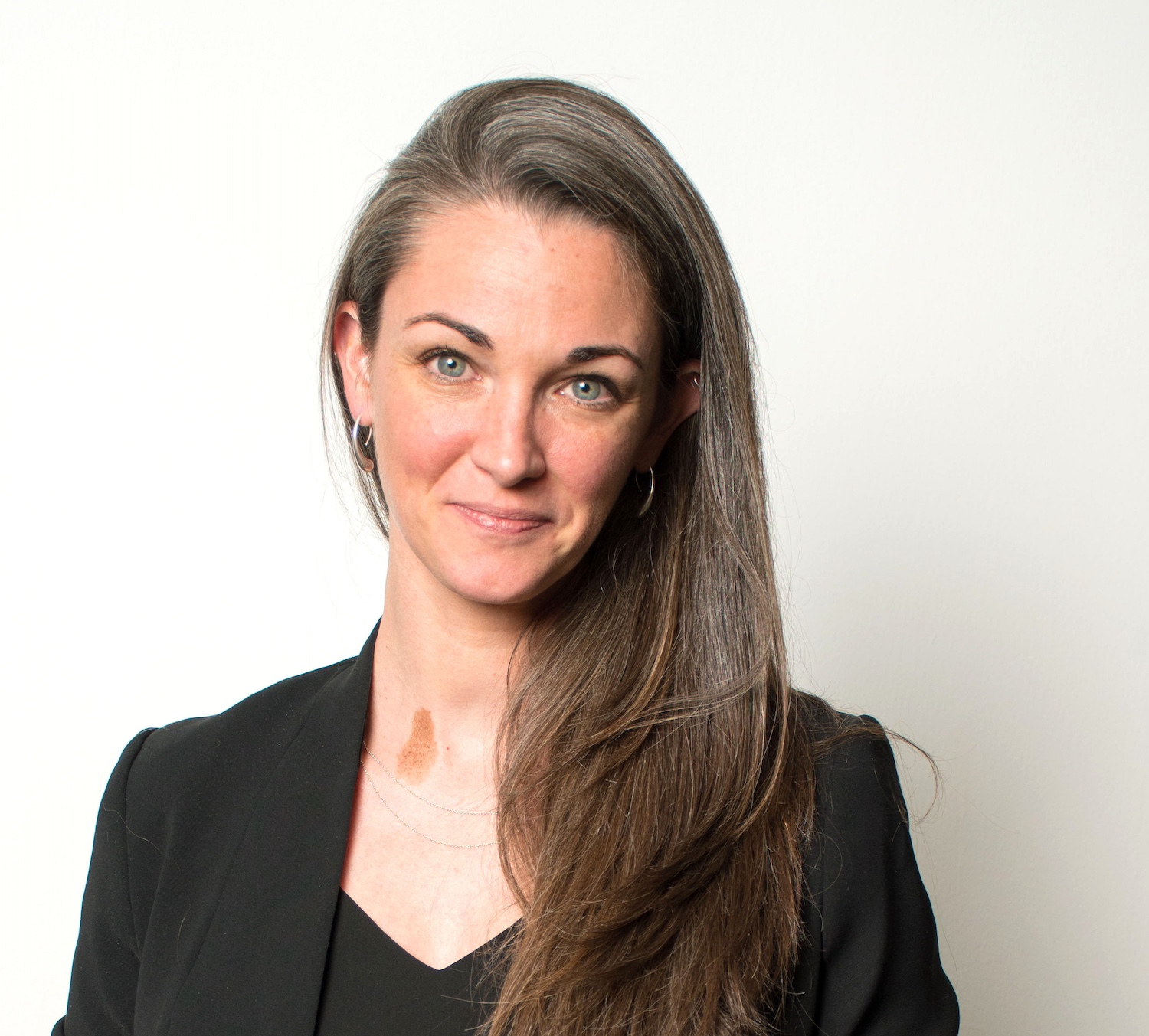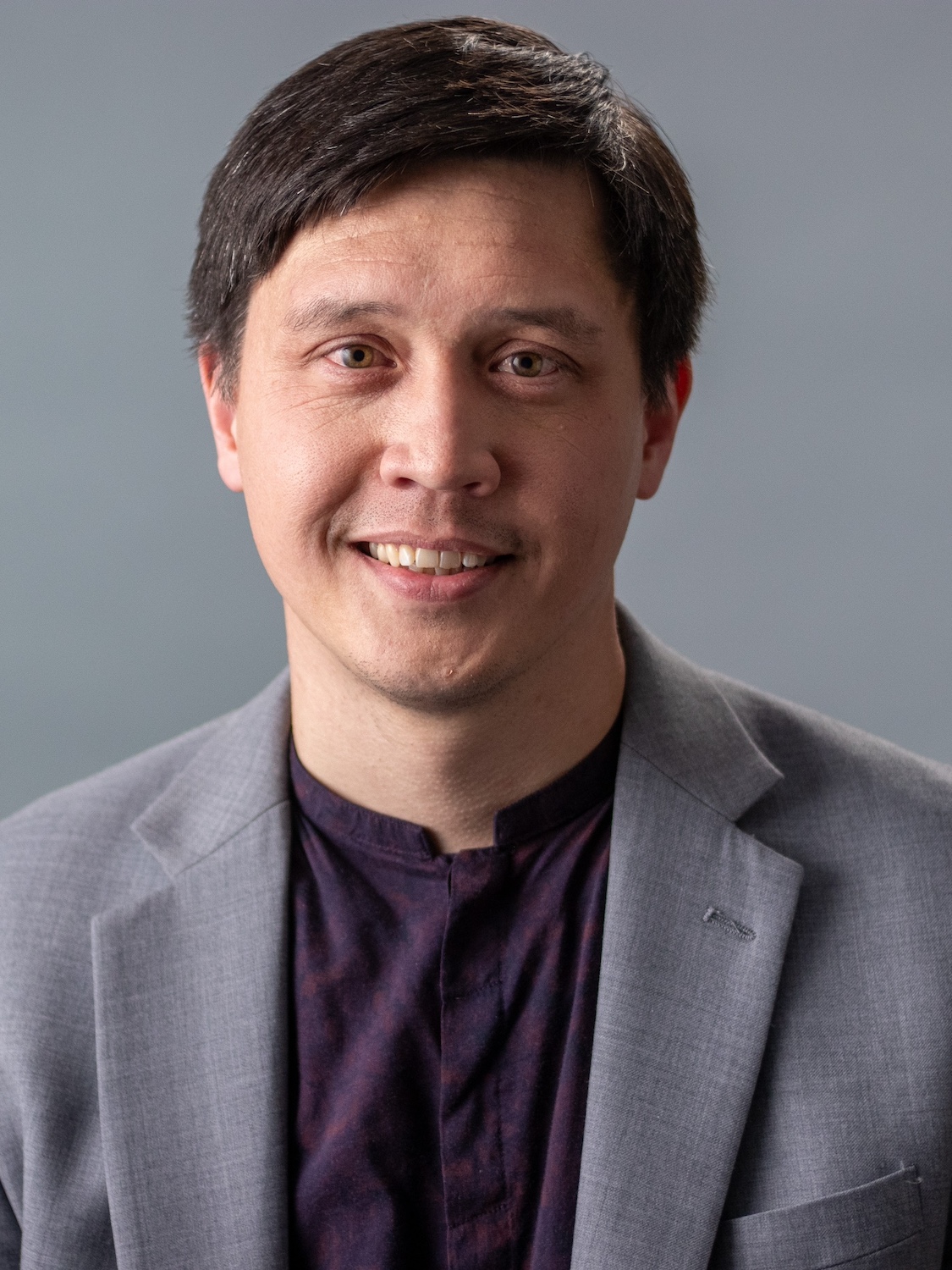
Researchers designing the Generation Two Reinvented Toilet (G2RT). (Image courtesy of Georgia Institute of Technology.)
Researchers at the Georgia Institute of Technology completely reinvented the modern toilet. Together with LIXIL, they’re hoping to change how we manage human waste and sanitation.
“For millennia, humans have put waste into water and just kind of flushed it downstream,” Shannon Yee, associate professor of mechanical engineering at the Georgia Institute of Technology and developer of the Generation Two Reinvented Toilet (G2RT) told TriplePundit. “We're looking at a major shift.”
Re-envisioning universal sanitation
Almost half of the global population — 46 percent, or 3.6 billion people — lives in an area where wastewater is not safely treated. As such, 44 percent of the domestic wastewater that was returned to the environment in 2020 did not go through proper treatment. This puts the lives and health of humans and animals at risk as bacteria- and virus-laden wastewater ends up in rivers, lakes, oceans and drinking water — causing diseases like cholera, typhoid and polio to spread.
In other cases, inclement weather can cause sewage treatment systems to overflow. Anyone who has lived along the northern part of the Willamette River in Oregon, for example, is familiar with frequent sewage spills. On December 8, 2023, the city of Salem released 3.15 million gallons of combined sewage and rainwater into the river after heavy rainfall overburdened the system. That problem is only going to get worse as the climate crisis entrenches further.
“We know the susceptibility of our infrastructure in the face of climate change,” Yee said. “Treatment plants will flood because they're at low-lying areas [and] in drought-ridden areas.”
So instead of investing in systems that will fail, it makes more sense to change how waste treatment is handled in the first place, which is the goal with the G2RT.
“It's about how do we responsibly treat waste on site?” Yee said of the reinvented toilet. “That type of colossal shift, I think, is now enabled.”

The G2RT as an appliance
The G2RT is an off-grid toilet designed to be used in just about any setting, from modern, urban homes to rural areas where traditional toilets have yet to make inroads, public places, and even emergency response and crisis situations. Since the toilet is self-contained and breaks down waste on-site, it doesn’t need plumbing to connect it to water or sewage. That on-site treatment eliminates an enormous amount of waste, turning it into clean water that can be safely discharged into the environment or reused to flush the toilet and a negligible amount of ash, Yee said.
Erin McCusker, senior vice president at the water and housing products company LIXIL, likened the G2RT to an appliance. LIXIL is licensed to hone the new toilet and get it to market.
“This comes down to the acceptance of these types of technologies,” she said, referring to the wafers of waste produced by using the toilet that people may not be comfortable with right away. “Scientifically, this is possible. We've got that validation, but now it's like, ‘Are consumers going to trust this in their home?’”
But can it be maintained the same as any other home appliance? McCusker thinks so. “The idea is, ideally, this is a home appliance that someone could repair, replace a filter, maintain, as we do our washing machines, for example,” she said. “But in the end, you will need some skilled labor to be able to do some additional maintenance or to troubleshoot.”

Ongoing testing to ensure reliability
The reinvented toilet has undergone numerous prototype versions and pilots to ensure its reliability and determine its repair schedule, Yee said. The team tested four different versions between trials in the lab and in homes in South Africa and India.
“Prototype testing and testing with actual users becomes the most critical stage of this,” McCusker said. “The sooner at LIXIL we can get it out of the lab and build prototypes and actually start testing, is when we’re really going to learn more [and] understand the long-term usage. That's a really high priority for us, particularly over this next year.”
But LIXIL isn’t rushing the toilet to market. It will still be a couple of years before the product is robust enough to meet the criteria needed for production, she said.
“Oftentimes people have the expectation that as soon as a technology is invented, it works perfectly and can last 30 years, but in reality, that's never been the case. It took us 100 years to get the automobile to the reliability it has now,” Yee said. “We're at the early stages of that now with the toilet. It's going to take some time.”

In the meantime, LIXIL is partnering with communities in a rural, agricultural region in western Alabama where lack of sanitation infrastructure and aging septic tanks led to an ongoing sewage crisis. The need there is so great that McCusker said it’s worth giving residents access to the new toilet even though it hasn’t been perfected yet.
Regulation is the biggest challenge
“There’s very few, if any, places it’s legally allowed to be installed,” McCusker said. “How do we actually change mindset, regulation, policy around on-site treatment and on-site reuse that can enable these types of technologies to be installed.”
Yee agreed. “There are more challenges beyond the technology than there are with the technology at this point,” he said.
Those challenges include social acceptance, the high initial cost of the toilet, and a need for resources to get it out there, McCusker said. The G2RT will likely be rolled out in higher-income countries first. Then as production increases and the price drops, it will become a more feasible option for communities in lower-income countries.
Safe elimination and sanitation are a basic human right, and without it, people around the world are suffering. This technology has the potential to make a huge difference once social, financial and legal hurdles are cleared.
“I see it really helping to address some of the equity issues, social justice, environmental justice, poverty issues surrounding sanitation, but I also see it really addressing public health,” Yee said. “I look at [COVID-19] and consider how lucky we were that it was mostly a respiratory transmission and not oral-fecal transmission because it could have been a lot worse. If we can really isolate waste on site and treat it, it really opens up tremendous opportunities for combating future pandemics and disease.”

Riya Anne Polcastro is an author, photographer and adventurer based out of Baja California Sur, México. She enjoys writing just about anything, from gritty fiction to business and environmental issues. She is especially interested in how sustainability can be harnessed to encourage economic and environmental equity between the Global South and North. One day she hopes to travel the world with nothing but a backpack and her trusty laptop.














